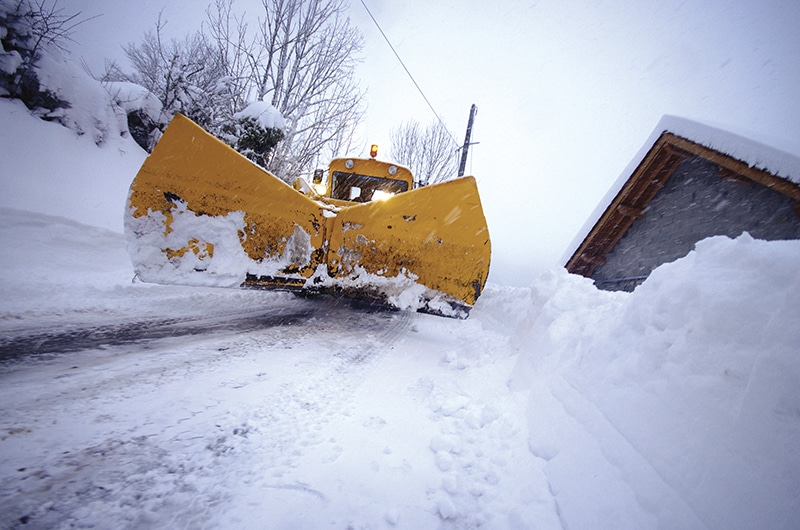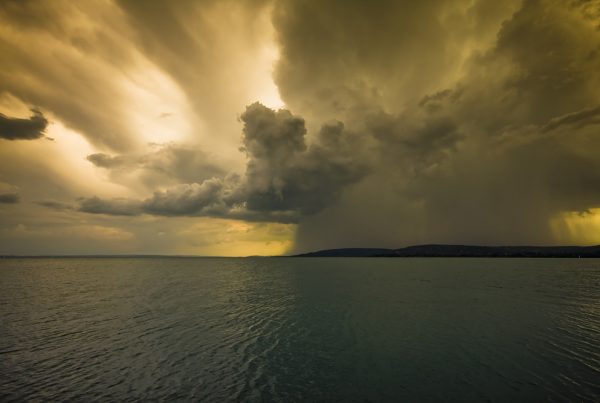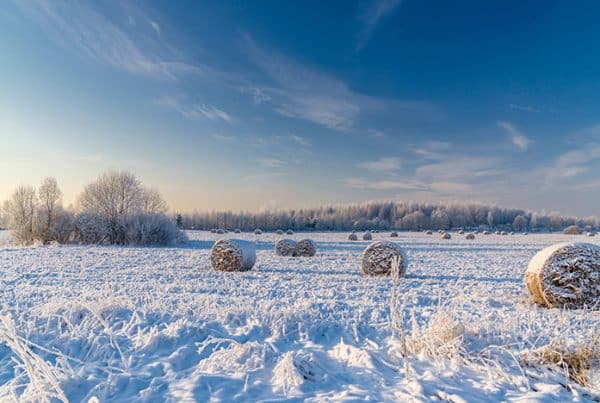Fall of 2021 was marked by mildness. Those who rejoiced will certainly be happy to learn that meteorologists predict a mild winter, but with heavy precipitation.
Chris Scott, Chief Meteorologist at the Weather Network, is categorical. People must prepare for the impact of a harsh winter in the coming months.
“A weather regime influenced by the La Niña phenomenon will be marked by the passage of many systems. More abundant than normal precipitation in Quebec is to be expected. However, mild temperatures will make us temporarily forget winter at times, especially for areas between southern Ontario and Newfoundland.”
The La Niña phenomenon has the effect of influencing temperatures on the western side of North America. This cold temperature anomaly in the central Pacific is having an indirect effect on our regions. Currently, experts agree that this is a moderate La Niña episode. In fact, this means that Quebec will be entitled to an active winter marked by milder temperatures.
Sheltered from long freezing periods
For a second year in a row, Quebec should experience a comfortable winter sheltered from long freezing periods. “Due to the active corridor present in the St. Lawrence Valley, several storms are expected, says André Monette, head of meteorology department at MétéoMédia. The different types of precipitation will need to be monitored for southern Quebec.”
While the number of storms is on the rise this year, mixtures of rain, snow and ice are still possible. Depending on the trajectory of the disturbances, the St. Lawrence Valley will be more affected by a variety of precipitation. Systems from the southern United States will visit the province in greater numbers.
For Quebec
For a second consecutive year, comfortable temperatures will characterize the winter of 2021-2022. Some incursions from the polar vortex are to be expected, but there will be no persistent freezing waves. While arctic air will be embedded in western Canada, Quebec and eastern Ontario will find themselves in the center of an active corridor. This situation will favour the passage of many systems bringing more snow than normal, but also an abundance of potentially mixed precipitation.
In the coming weeks, Canadians will need to pay close attention to daily forecasts as weather and road conditions may change quickly and suddenly.









